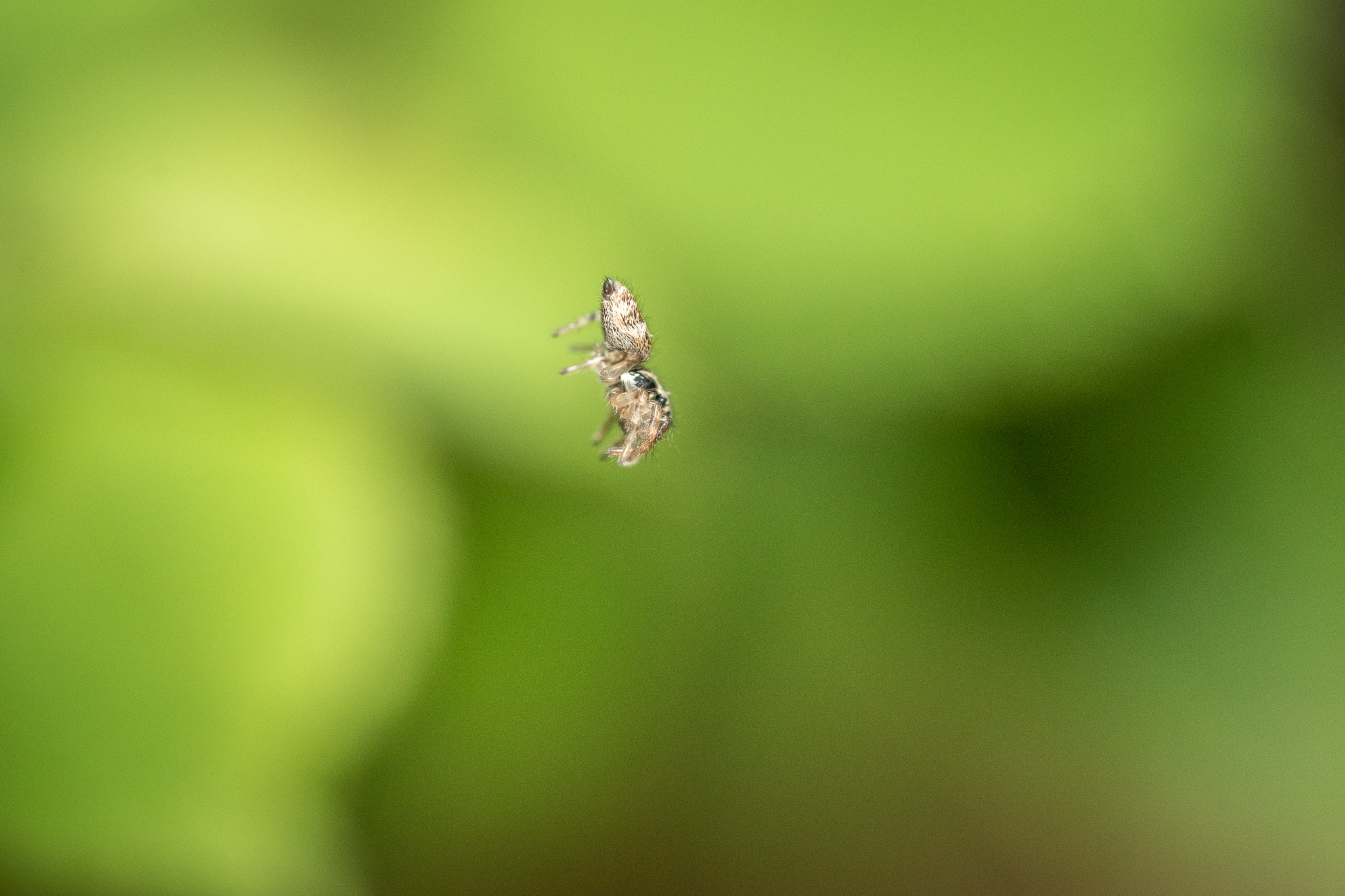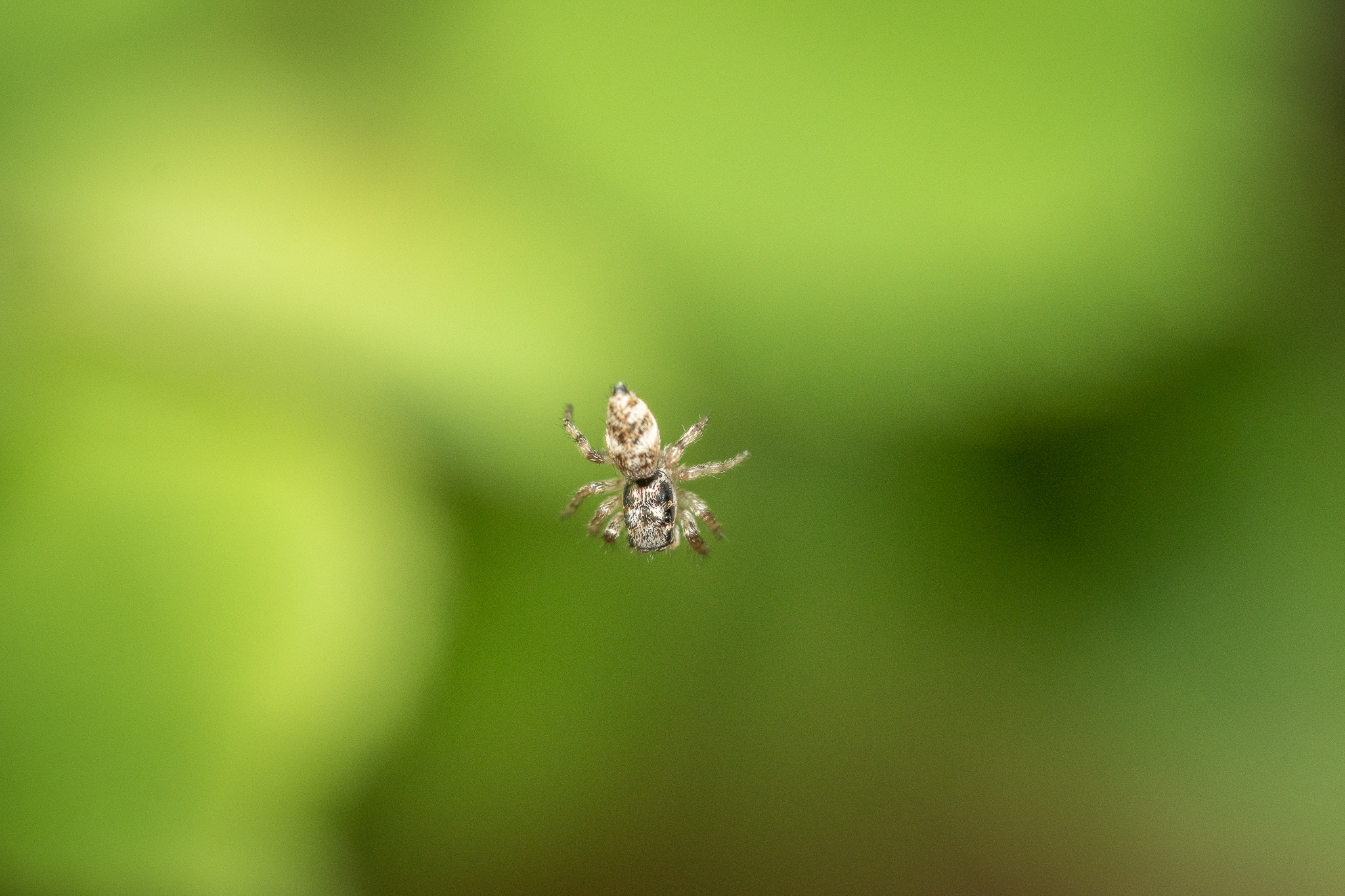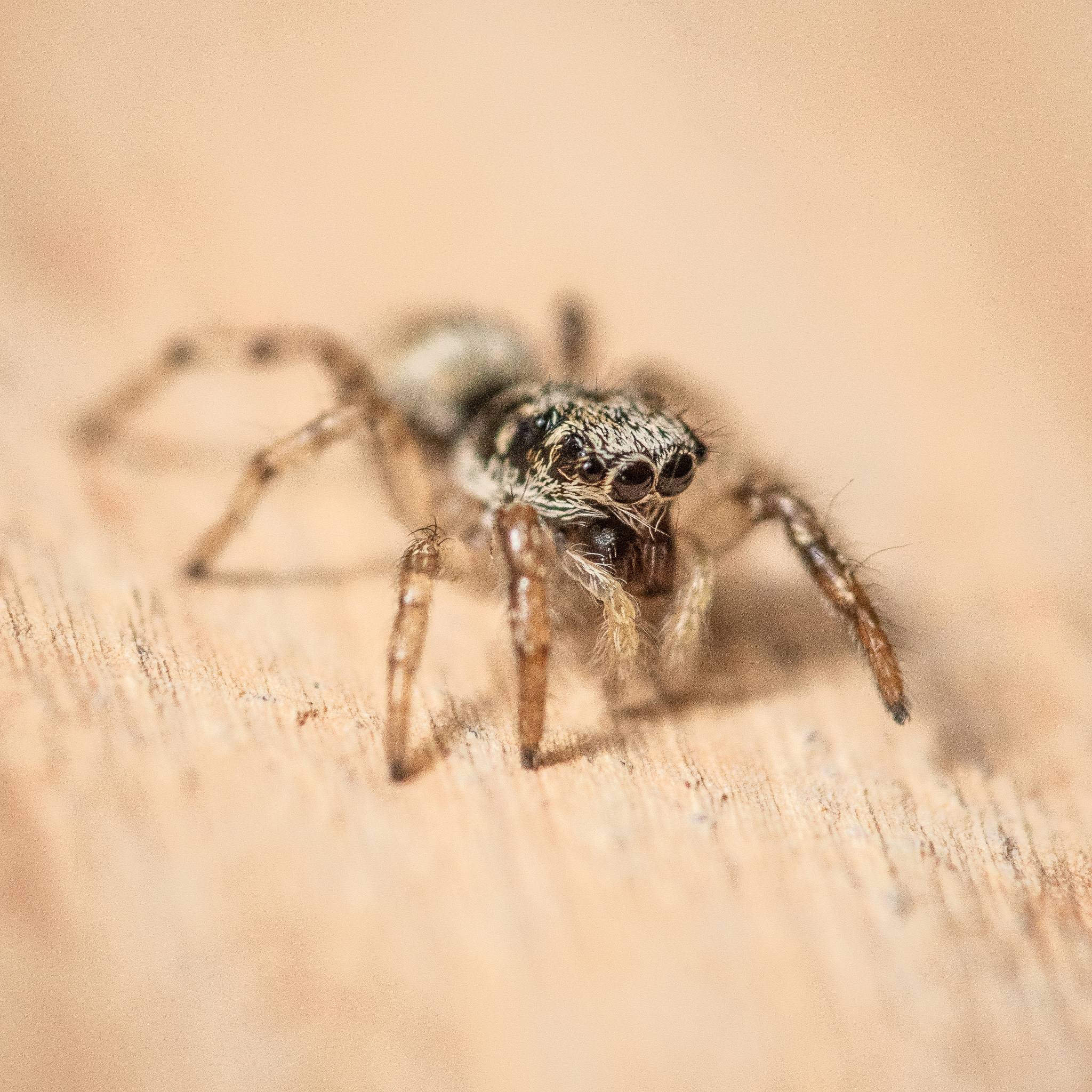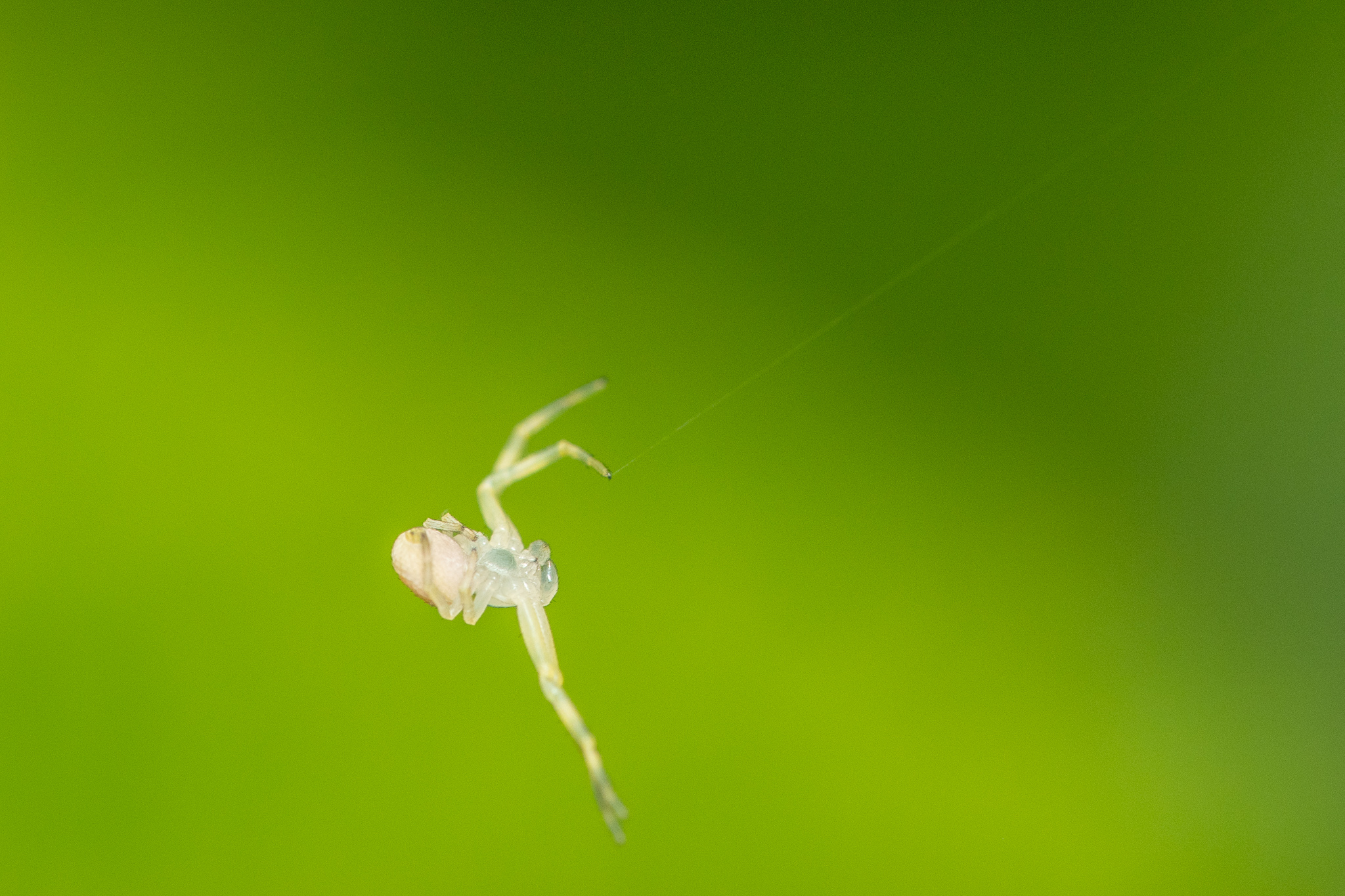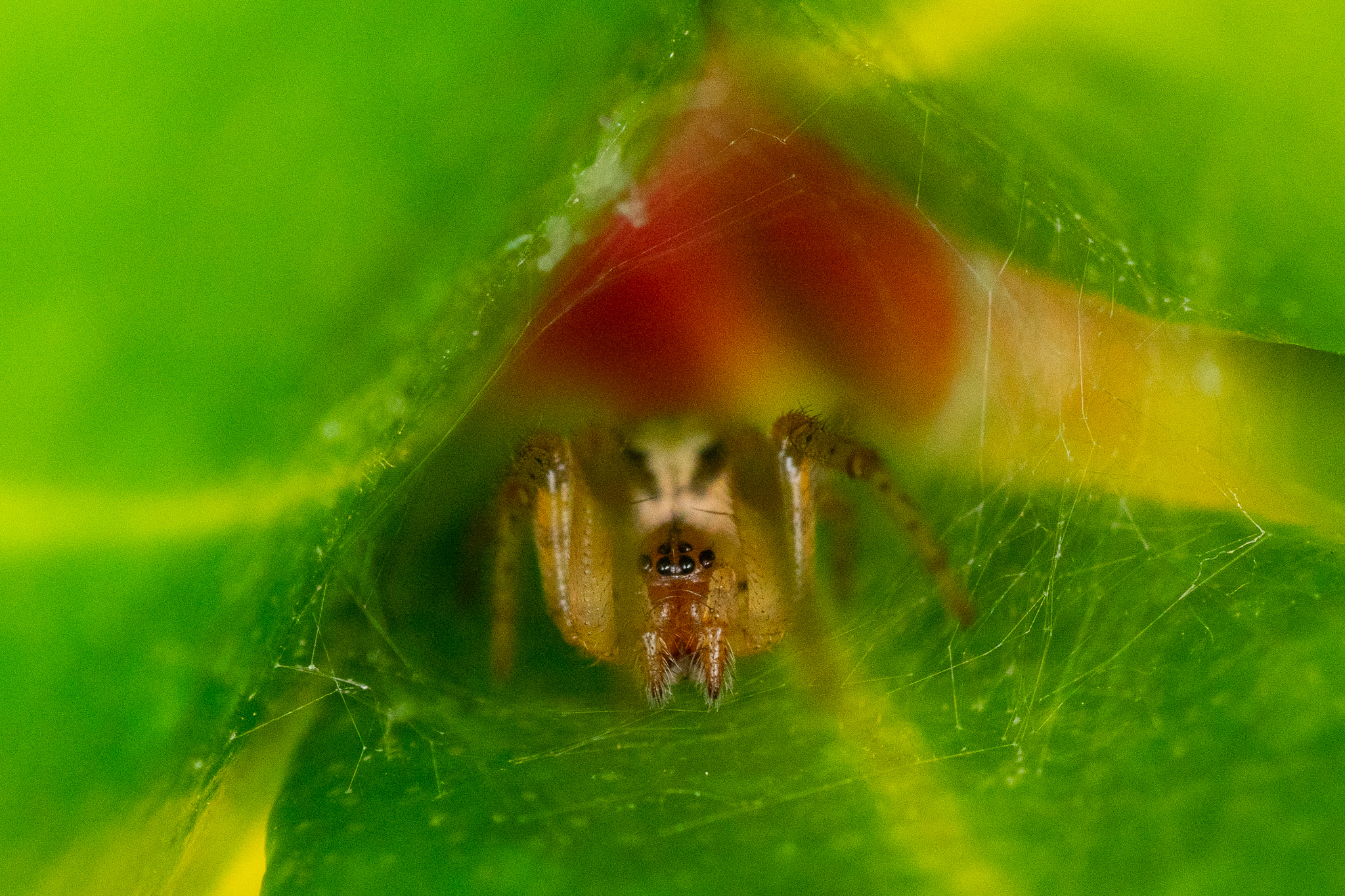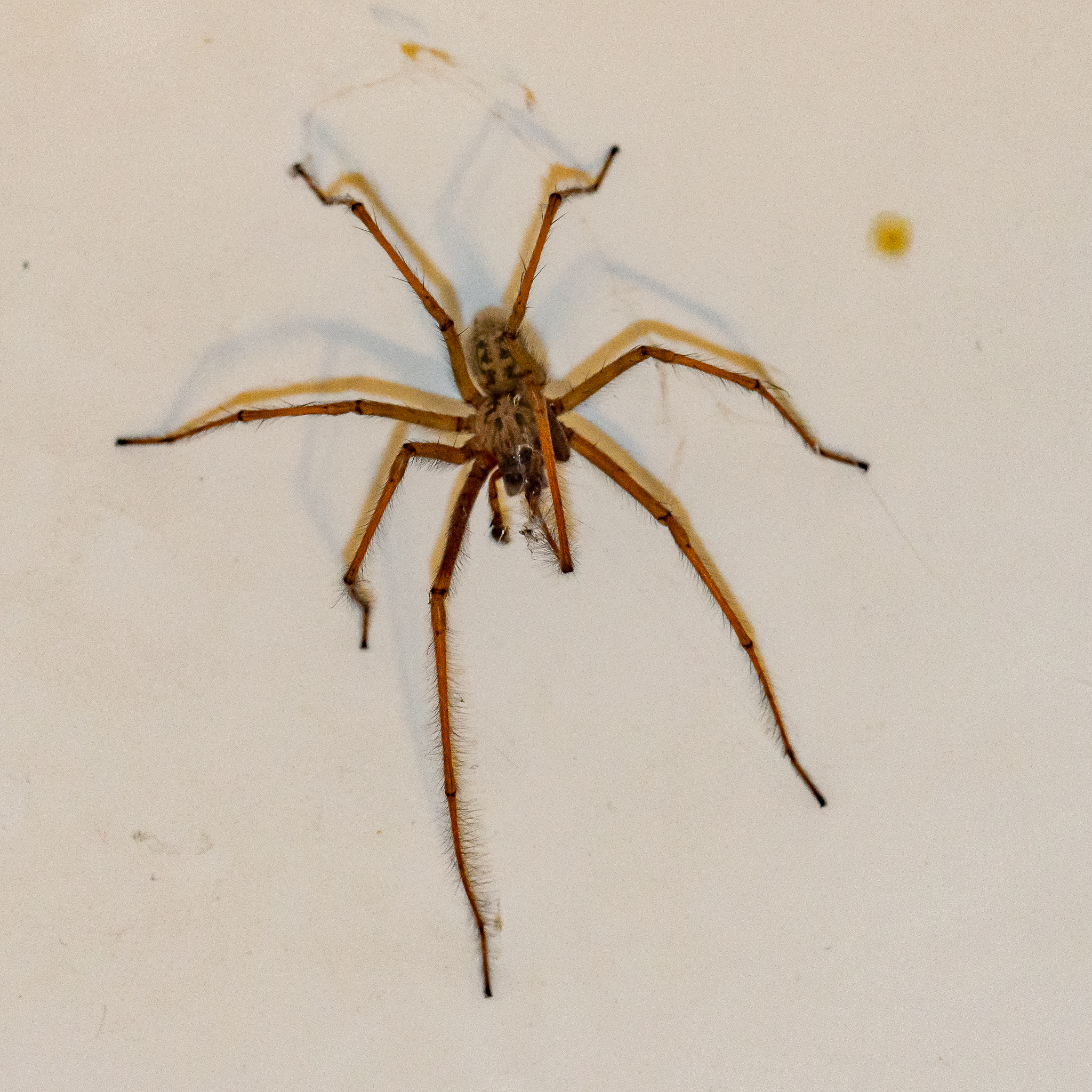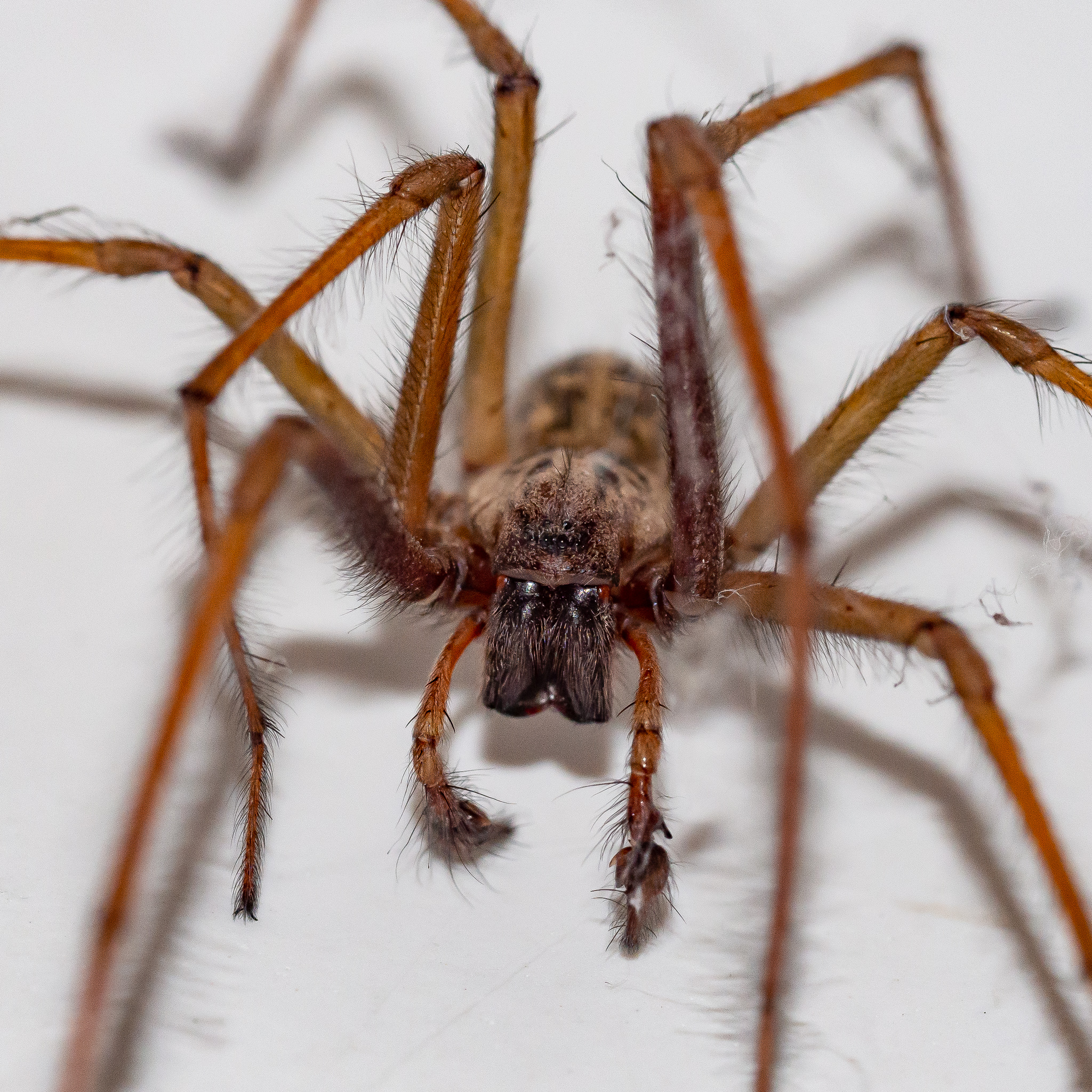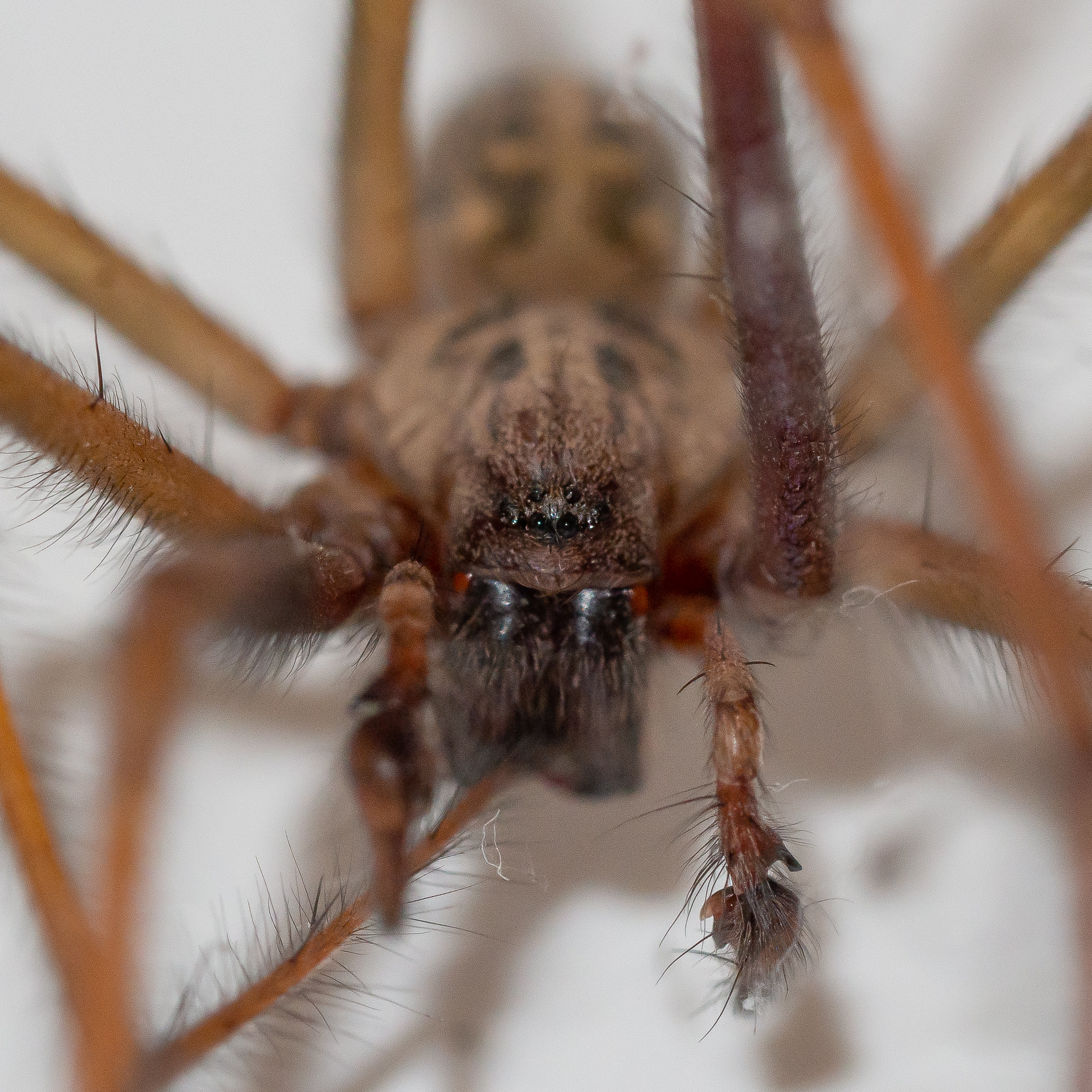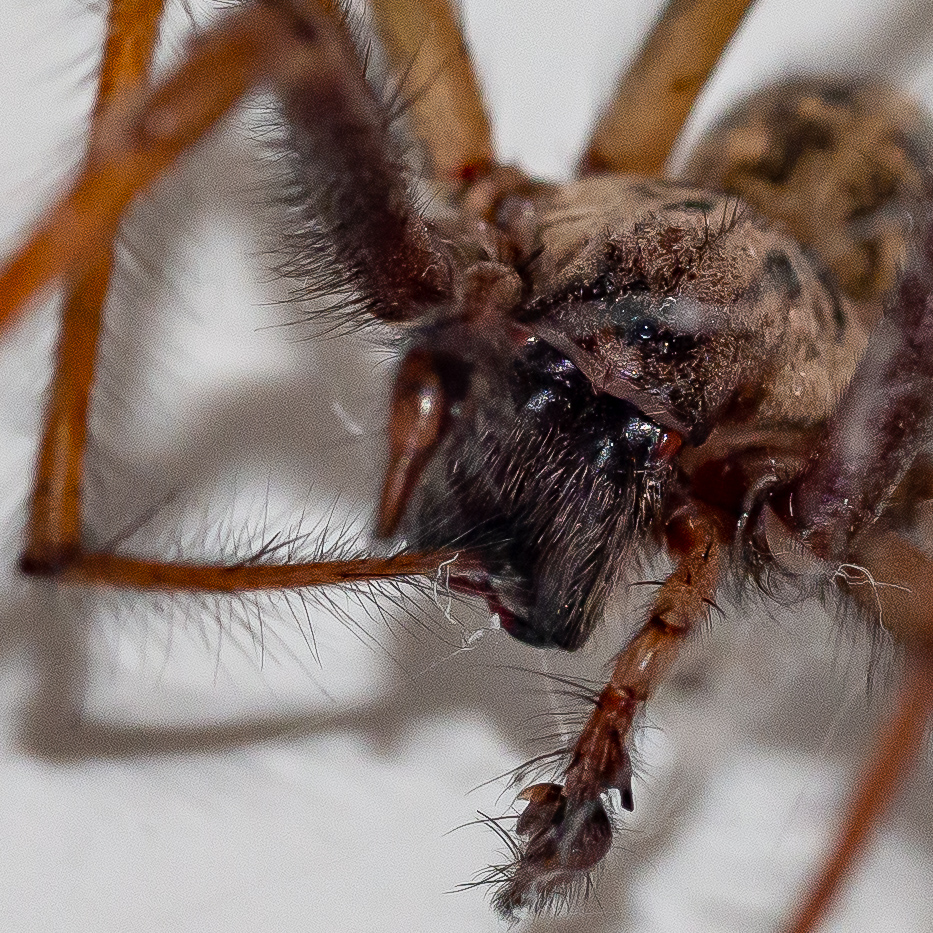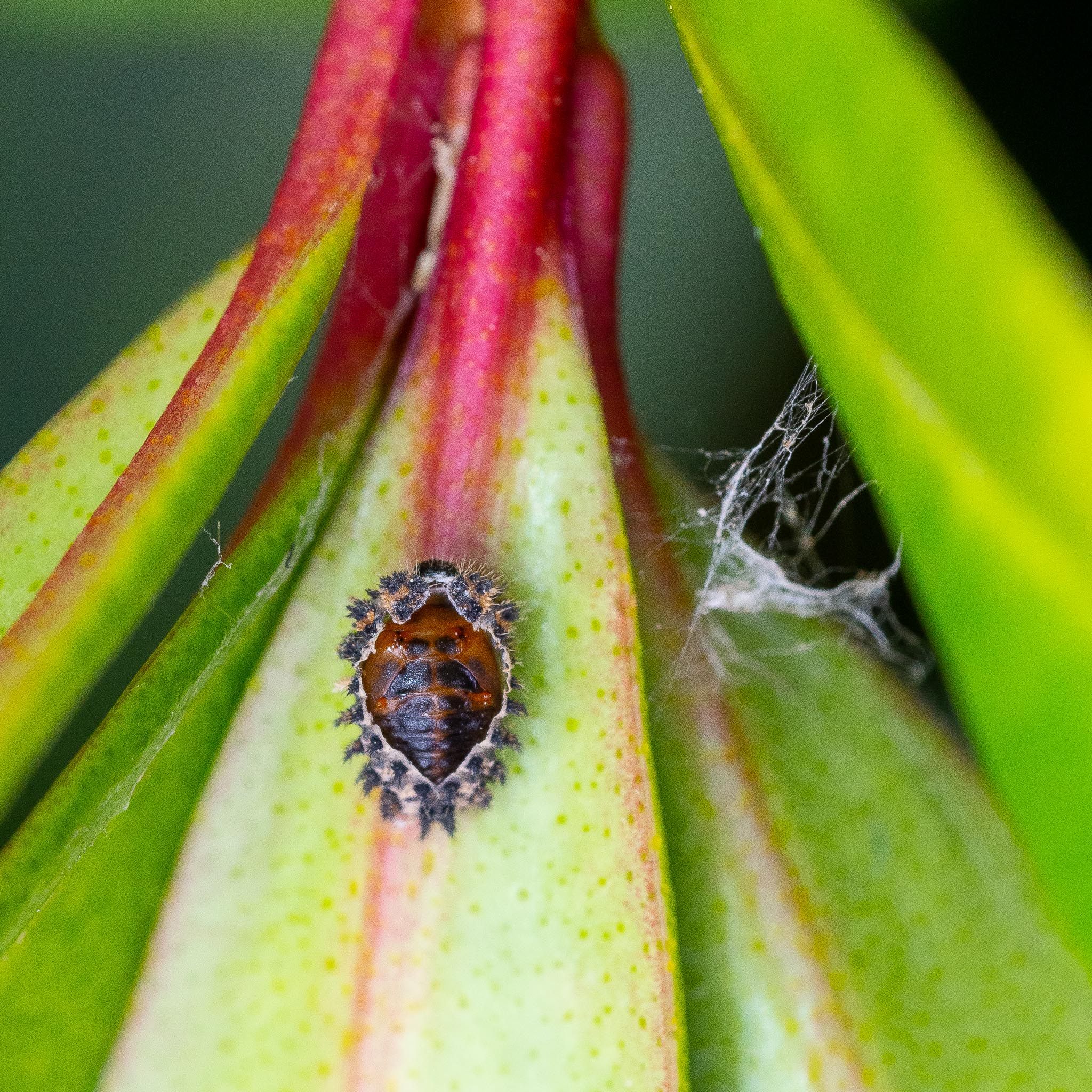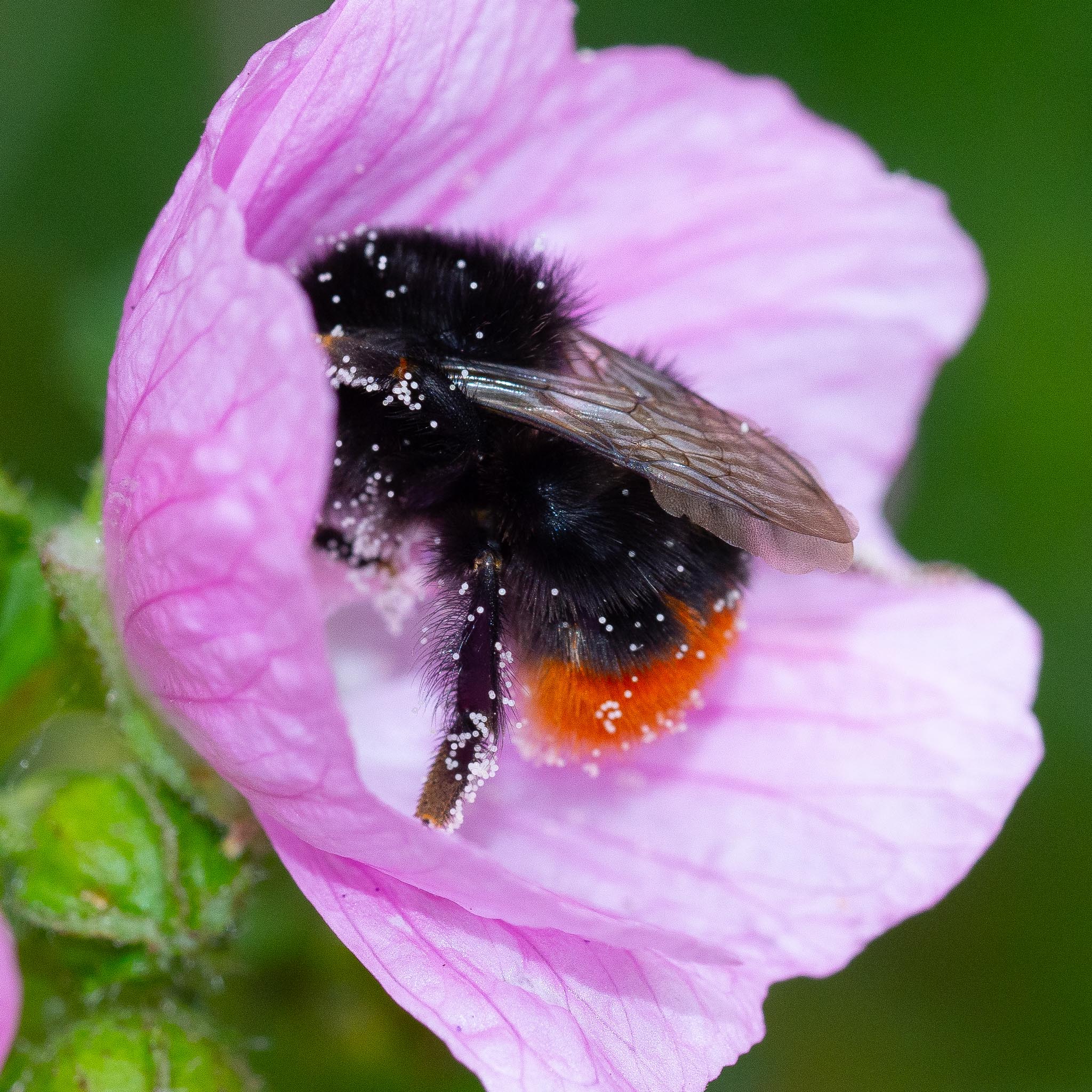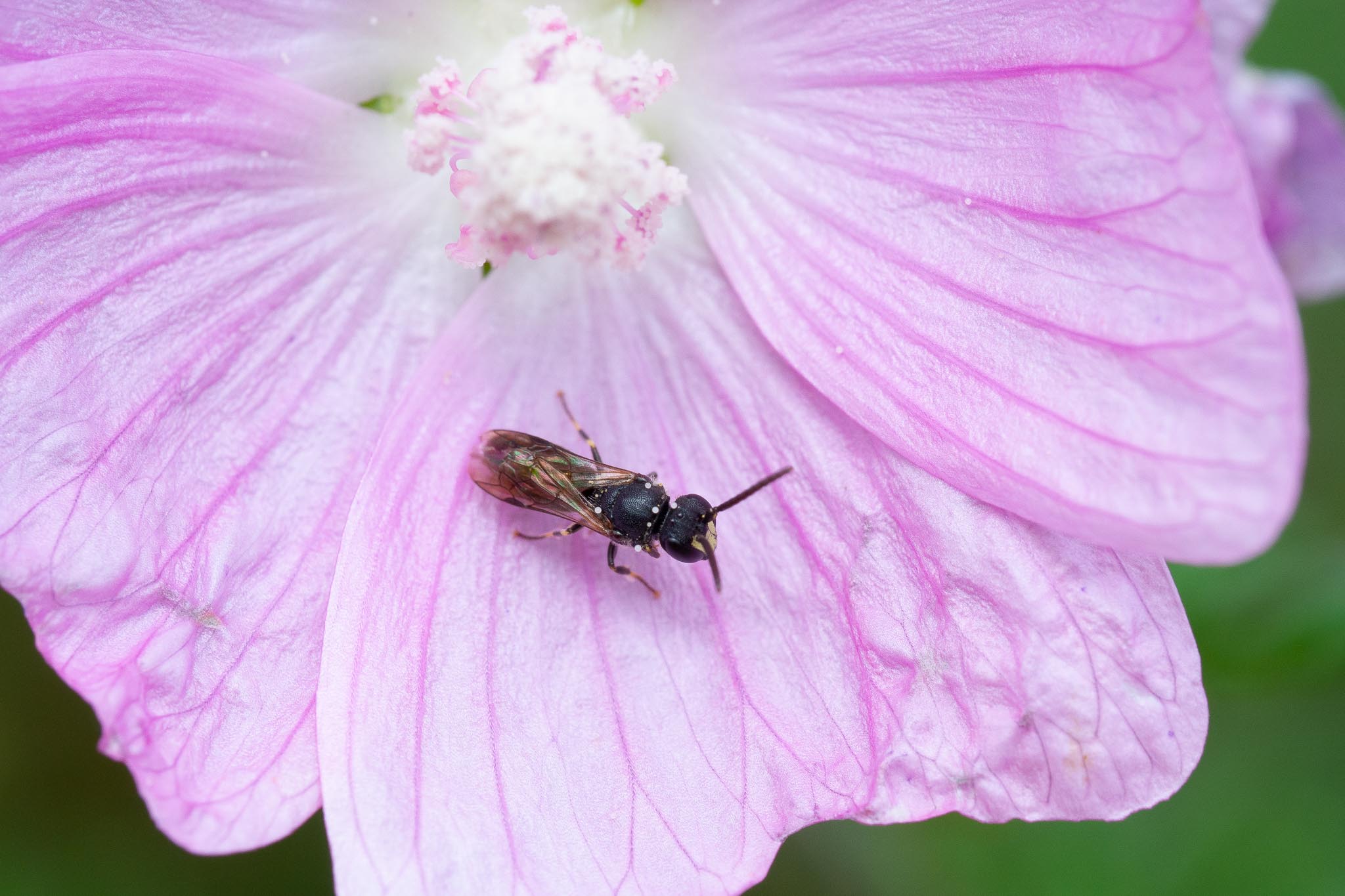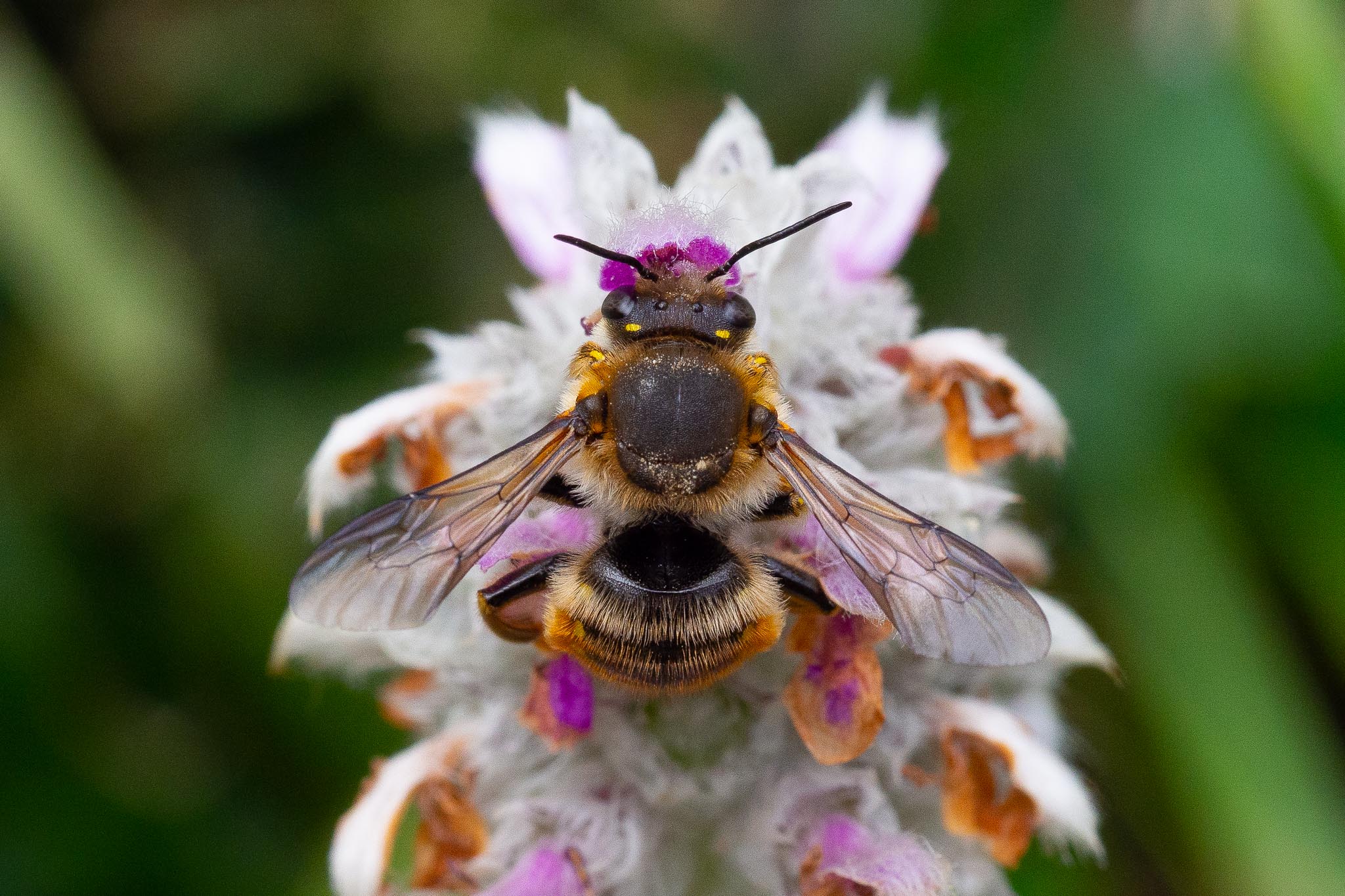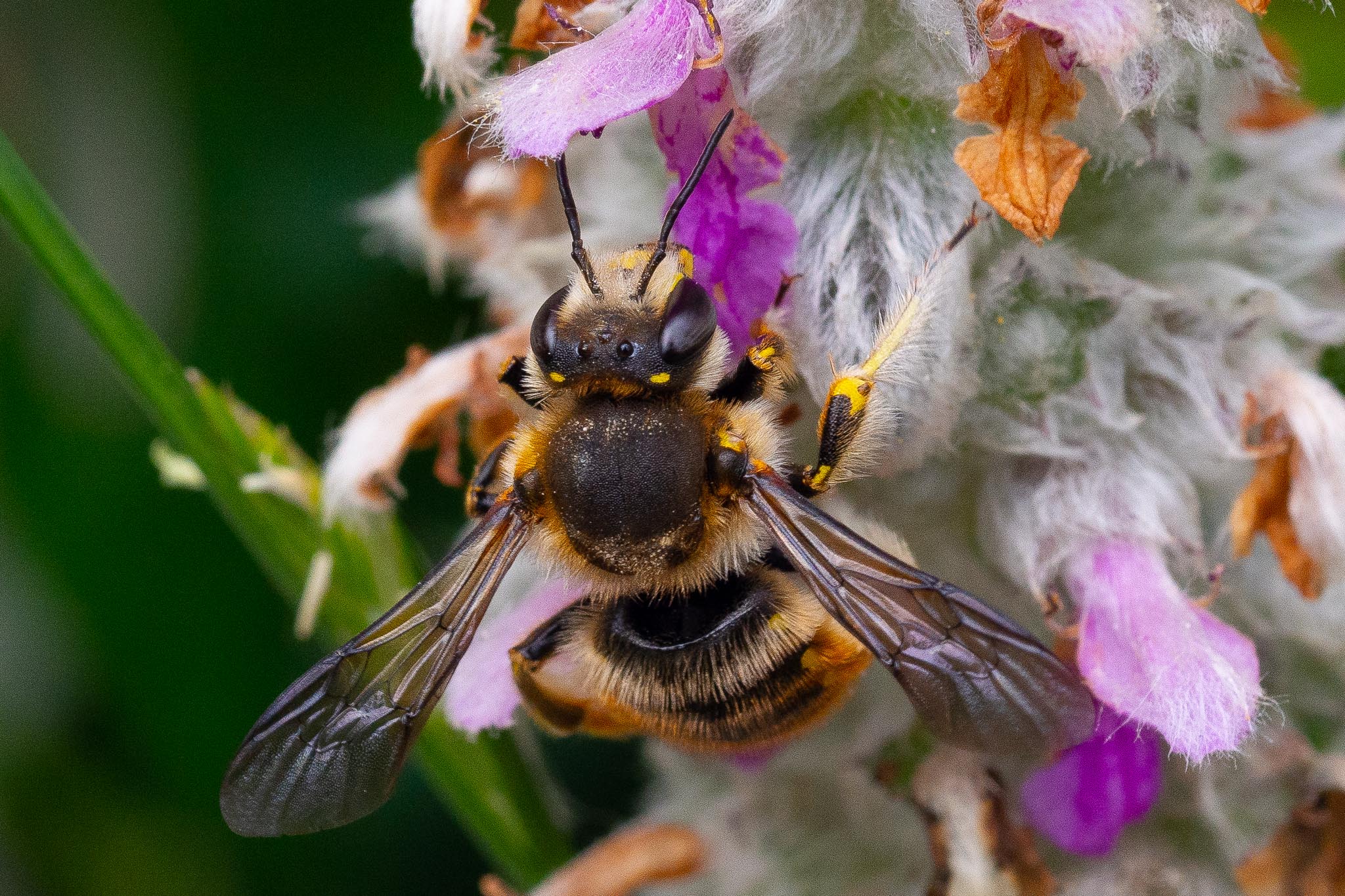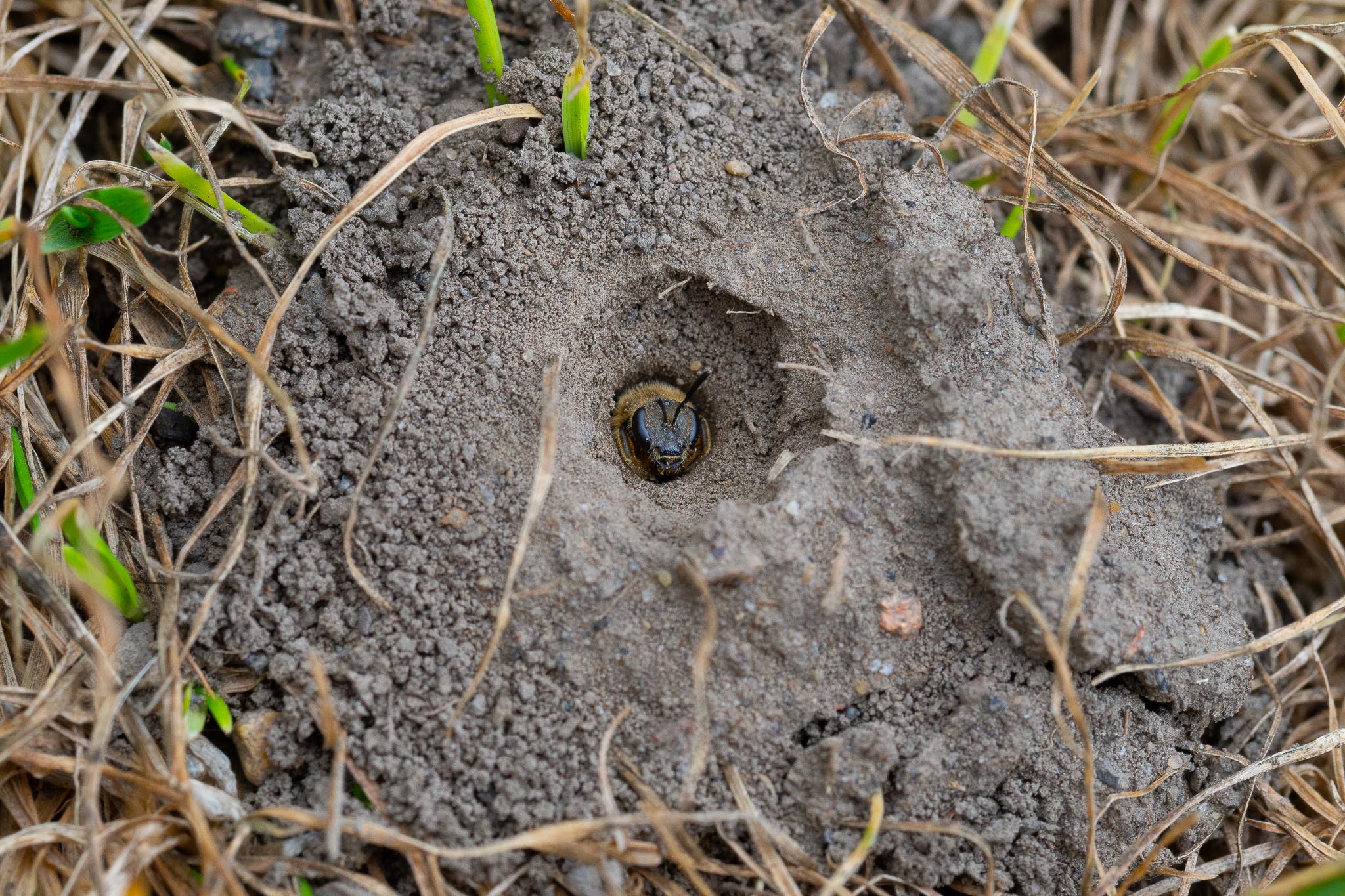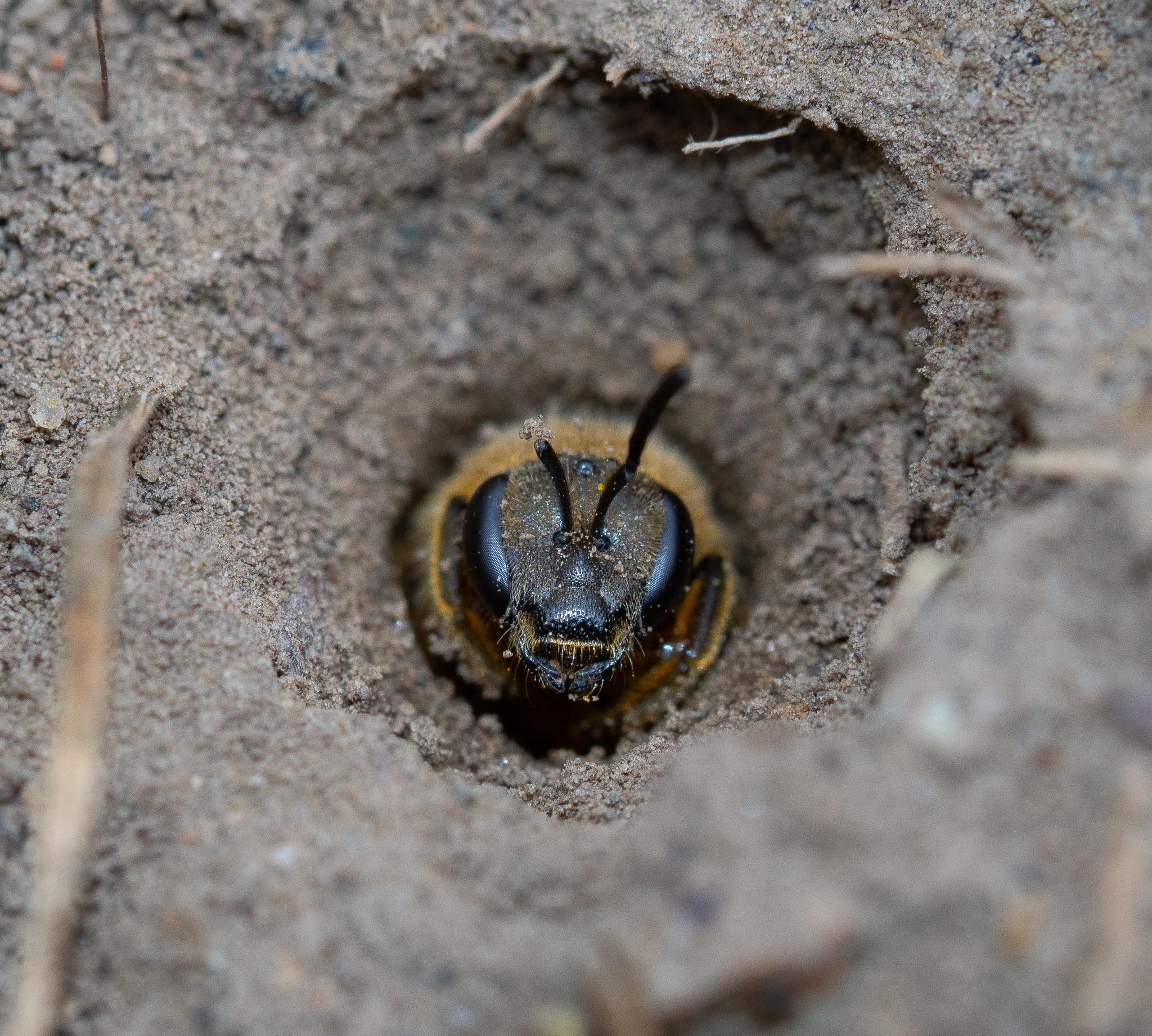
Macro Monday 14th September 2020
The insect world is winding down, it’s true, but September can be a great month to see invertebrates. This is especially true for spiders in gardens (and in your house!). At the beginning of the month I visited Suffolk Coast and Heaths Area of Outstanding Natural Beauty. This blog focuses on two locations, firstly the National Trust’s Sutton Hoo, near Ipswich.

Sutton Hoo is famous for its Anglo-Saxon ship burials which, on the eve of the Second World War in 1939, threw up one of the most incredible archaological finds in British history. An entire ship was found to have been buried, with much of the discovery based on the chemical shadow of what was once there. An amazing haul of items was discovered with the boat, thought to be that of King Rædwald of East Anglia, a pre-Christian Anglo-Saxon king who died in approximately 625 AD.

The boat he was buried in was probably hauled up here from the river Deben, where the boats are moored, by Anglo-Saxon warriors and buried under a mound of earth.

The National Trust have an exhibition centre which displays mainly replicas of some of the 3000 things found in the mounds. Museum collections are great for macro because they’re well lit and isolated by the darker backgrounds. This was a replica of one of the items found.

This gold pendant dates from the 4th-5th century AD, so 1600-1700 years ago.

Outside, I didn’t have macro in mind. I was carrying my micro four thirds camera and lenses which are so light they can be carried anywhere. Walking around the estate I noticed a feather on the ground, and that an insect was resting on it. I couldn’t believe it when I looked closer.

It was a robberfly, with prey in its spear-like mouth parts. Note here how I cropped to include the beautiful fronds of the feather.

The robberfly wasn’t bothered about me. When I got really close, I could see it had an ichenumon wasp as prey! Heathlands are exceptional landscapes for insect diversity, so there was always a thought in the back of my mind that something like this could crop up. This blog could not be posted without some reference to wasps.

This is an image which I hope I haven’t laboured, but it’s just an incredible thing to find resting on such a beautiful macro subject in its own right – a feather. You do see this kind of image again and again on Instagram, where I’m sure people are feeding prey to robberflies in order to get a photo in a studio. That’s not my style.

Walking around the burial mounds of Sutton Hoo, we found lots of red and orange caterpillars on the move. I’m not sure of the species! ID welcome in the comments please.

We then moved on to the Suffolk coast, which is just down the road from the Sutton Hoo estate (great job by the way, National Trust). In the long grass of one of the dunes this very similar black and orange moth was holding tight to a blade of grass.

He’s a pretty rad looking dude up close.

Coastal landscapes are something of a foreign language to me in ecological terms. A visit to the coast is far more an emotional or spiritual experience (I don’t swim), a reminder of childhood, or our vulnerability when faced with the vastness of the sea. A line was drawn in the sand.

I managed my first marine macro photo! This tiny crab was pointed out to me by my companian who was spending her time seeking out stones and other small things on the shoreline. Taking photos of tiny animals under moving water is a challenge I probably won’t have to take up again any time soon.
Thanks for reading.
Photos taken with Olympus OM-D EM10 MIII with 60mm f2.8 macro lens and 45mm f1.8 lens

